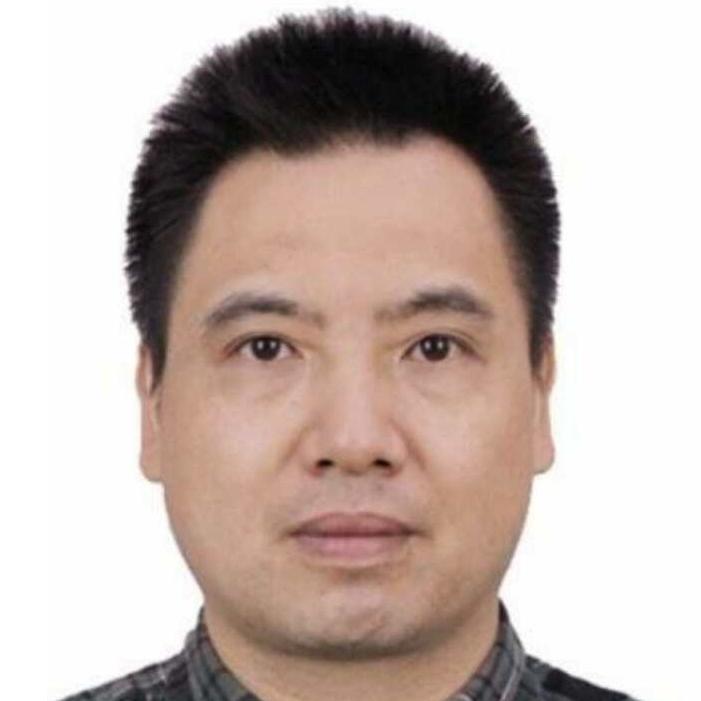One critical issue that China and its Eurasian neighbors likely discussed during last week’s defense meetings in Beijing centered on the military parade was the future of Central Asian security. China’s security activities in Central Asia are dwarfed by its economic investments. Though China has substantially increased its overall military budget in recent years, relatively few of Beijing’s defense funds have gone toward reinforcing China’s frontier forces bordering Central Asia or in assisting the local governments’ security establishments. But security issues are fundamental to Beijing’s deliberations regarding the region.
The most visible dimension of Beijing’s strategy for the region has been its “One Belt One Road” (OBOR) initiative designed to integrate the Central Asian economies with each other and with China, with Chinese firms and loans building the region’s transport capabilities and energy markets. Although the continuing civil war in Afghanistan has shattered Chinese hopes for great economic gains in that country, China’s economic activities in the rest of Central Asia has been soaring, with China surpassing Russia as a leading trading partner with an increasing number of states. In 2000, trade between China and Central Asia stood at around $1 billion. By 2013, just prior to the announcement of Beijing’s New Silk Road, trade had risen to $50 billion.
In line with its longstanding policy of non-interference, Chinese statements stress that Beijing’s approach towards its OBOR partners is guided by “mutual respect for each other’s sovereignty and territorial integrity, mutual non-aggression, mutual non-interference in each other’s internal affairs, equality and mutual benefit, and peaceful coexistence.”
Until now, Beijing has largely trusted Moscow to maintain security in the former Soviet republics given the deep economic and security interdependencies of these republics. Despite their lofty multilateral rhetoric, they both use primarily bilateral and unilateral policy instruments, though they try to make these more acceptable by giving them a multilateral gloss. Through the Shanghai Cooperation Organization (SCO) Regional Anti-Terrorist Structure, China and other SCO members share intelligence on individuals and groups linked to terrorism.
There are some differences between Russia and China regarding Central Asia. Beijing relies mostly on the SCO to legitimize its essentially bilateral and unilateral policies in Central Asia, while Moscow favors the Collective Security Treaty Organization (CSTO), a more conventional military alliance that excludes China. An essential difference is that Russia has a strong military presence in Central Asia, whereas China has only sent troops there on short-term exercises. Beijing has also historically limited its arms sales to the region to avoid irritating Moscow. Until now, it has only provided light weapons to a few countries such as flak jackets, sniper rifles, and night-vision equipment.
In practice, one main driver of China’s economic integration strategy has been to promote its external and internal security. Despite the risks of reducing physical barriers between China and foreign sources of instability, Beijing believes that economic prosperity through regional integration will help stabilize Central Asia as well as Xinjiang Uyghur Autonomous Region, where the 2009 riots caused almost 200 deaths and more than 1,700 injuries. Since then, a wave of terrorist incidents have occurred throughout China despite the regime’s crackdown. The Chinese government has held Uyghur militants responsible for recent terrorist incidents. Most of China’s trade with Central Asia passes through Xinjiang, which shares a border with eight of China’s neighboring states and spans one-sixth of the country’s landmass. Central Asia and Xinjiang are closely tied by ethnicity and heritage.
But the Chinese game plan for Eurasia is under challenge. It is plausible that Xinjiang cannot be stable if Central Asia is not. However, one may question to what degree economic prosperity there or in Central Asia decreases political instability, which has many causes. The weakening of global prices for oil, gas, and other commodities, Western sanctions, and other developments have decreased and in some places halted economic growth in Central Asian countries. Moscow’s capacity to manage the new Eurasian challenges could waiver given Russia’s economic problems and other security challenges.
Chinese leaders may, against their will, have to assume a more prominent security role in Central Asia to defend their national interests. Worsening terrorism and instability in Eurasia would wreck China’s New Silk Road visions for Central Asia. Chinese concerns in this regard are evident in how its railways, highways, and energy pipelines carefully bypass Afghanistan to traverse more stable routes.
Whereas Chinese officials used to be most concerned about U.S. military encirclement encompassing China’s western borders add the spread of “color revolutions” in Eurasia through Western-backed regime change under the guise of democracy promotion, the growth of new regional terrorist groups that are less reluctant than the Afghan Taliban to promote Islamist militancy in China and Afghanistan’s other neighbors understandably generates anxiety Beijing. While lacking major state sponsors, these groups, above all the Islamic State, explicitly aim to replace the secular governments in Central Asia with extremist Islamist regimes and detach Xinjiang from Beijing.
Beijing has already begun to assume a more direct security role in Central Asia. China is more actively assisting Tajikistan to prevent terrorists infiltrating from Afghanistan. The PLA and several Central Asian countries have been holding joint counterterrorist and law enforcement drills to supplement those of the SCO. China has also recently signed an extradition treaty with Afghanistan to exchange suspected terrorists.
With Washington’s support, Chinese diplomats have assumed a more prominent role in promoting peace talks between the government and the Afghan Taliban, though progress has been threatened by divisions within the Taliban over whether to pursue a negotiated reconciliation with Kabul or continue the armed struggle. Chinese diplomats have also encountered the same difficulties as their U.S. counterparts in overcoming the longstanding tensions between Afghans and Pakistanis over their regional insurgencies.
For now Beijing still relies primarily on Russia and the local governments to secure its interests in Central Asia—a strategy that may no longer work. U.S. and Chinese officials need to address this issue in coming weeks since Eurasia’s security is everyone’s concern.


